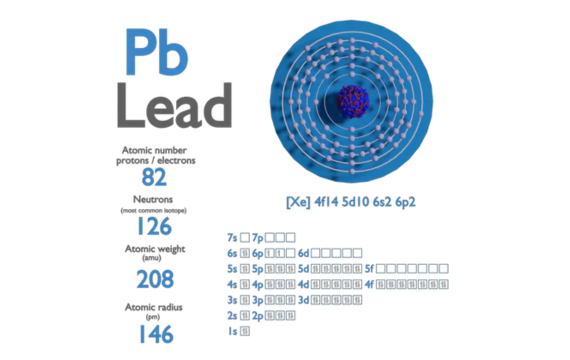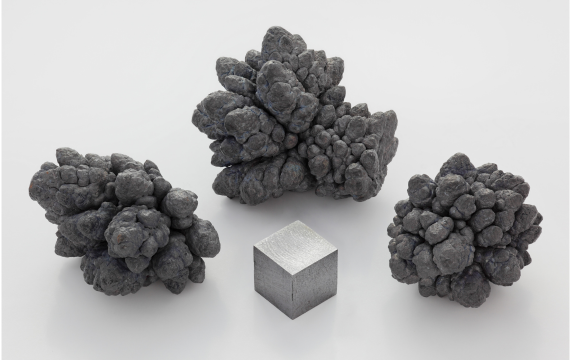Lead is a famous metal used all over the world in scientific and industrial setups. This article will delve more into lead’s standard density. Besides, we will also compare density of other metals to that of lead.
Let’s dive right in:
What is Density of Lead in kg/m3
Lead’s standard density is 11,340 kg/m³ or 11.34 g/cm³ at 20°C or 68°F room temperature.

Importance of Knowing Density of Lead
There are countless reasons why the density of lead should be known. They are:
- Density is vital in determining how suitable lead is for some industrial as well as engineering uses.
- Knowing the density of lead aids in the reuse and recycling of lead materials. This is because it permits you to achieve the right volume and mass calculations.
Factors Affecting Lead Density
There are several factors that affect the density of lead. These include:
- Temperature
Just as with most materials, lead’s density reduces as temperature increases. When lead meets heat, its atoms move away which reduces its mass per unit volume.
- Pressure
Lead’s density at very high pressures increases a little. This is because some atoms are closely forced together.
- Alloys and impurities
Pure lead comes with a consistent level of density. However, when it is alloyed with other metals with impurities, there can be a change in density.

Comparing Lead’s Density to Other Metals
The density of lead is largely higher than most of the common metals out there. Below is how the density of lead is compared to other commonly used metals like:
- Aluminum
Aluminum’s density is 2.70 g/cm³. This makes aluminum density much higher when compared to lead. This makes aluminum perfect for uses where reduction of weight is necessary, like aerospace or even automotive manufacturing.
- Iron
Iron has a density of 7.87 g/cm³ which is not as dense as lead is. However, it is lighter.
- Copper
The density of copper js 8.96 g/cm³. This is higher when compared to iron but lesser than lead. This is why it is used more in electrical wiring, etc.
- Gold
Gold has a density of 19.32 g/cm³, this makes it denser compared to lead. Since it has high density, it is valuable and beneficial in jewelry and electronics.
- Zinc
Zinc’s density is 7.14 g/cm³. This is significantly lesser than lead. No wonder, it is a good metal used for coating to do away with corrosion.
Conclusion
The use of lead in various industries is not a surprise considering the unique physical and chemical properties as well as its high density. Its unique applications show when you carefully read this article.
More resources:
Carbon Density – Source: KDM
Density of Galvanized Steel – Source: KDM
Lead – Source: WIKIPEDIA




